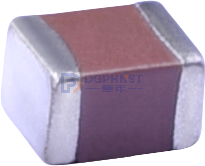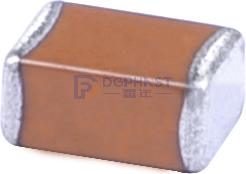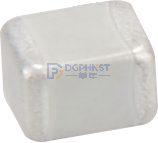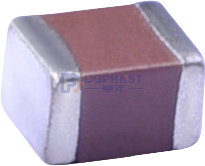The research team led by Professor Li Zhangzhi from the Department of Materials Science and Engineering and the Department of Semiconductor Engineering at Pohang University of Science and Technology has significantly improved the data storage capacity of ferroelectric storage devices. Their research results, utilizing hafnium oxide based ferroelectric materials and innovative device structures, were published in the international journal Scientific Progress on June 7th, marking a significant advancement in storage technology.
With the advancement of electronics and artificial intelligence (AI), data generation and processing are growing exponentially, and the importance of data storage technology is also soaring. NAND flash memory is one of the most popular massive data storage technologies, which can store more data within the same area by stacking units in a three-dimensional structure instead of a planar structure. However, this method relies on charge traps to store data, which can result in higher operating voltage and slower speed.
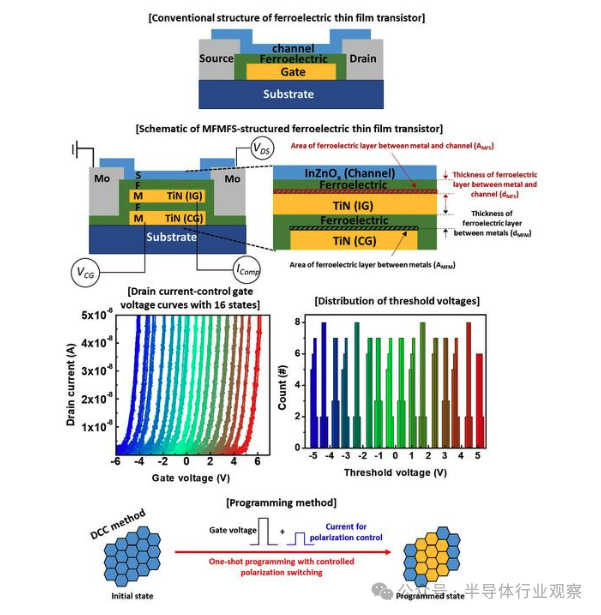
Recently, ferroelectric memory based on hafnium dioxide has become a promising next-generation memory technology. Hafnium dioxide (hafnium oxide) enables ferroelectric memory to operate at low voltage and high speed. However, a major challenge is the limited memory window for multi-level data storage.
Professor Li Zhangzhi's team from Pohang University of Science and Technology has solved this problem by introducing new materials and novel device structures. They enhance the performance of hafnium dioxide based storage devices by doping aluminum into ferroelectric materials, thereby manufacturing high-performance ferroelectric thin films. In addition, they replaced the traditional metal ferroelectric semiconductor (MFS) structure with an innovative metal ferroelectric metal ferroelectric semiconductor (MFMFS) structure, in which the metal and ferroelectric materials that make up the device are arranged simply.
The team successfully controlled the voltage of each layer by adjusting the capacitance of the ferroelectric layer, which involved fine-tuning factors such as the thickness and area ratio of metal to metal and metal to channel ferroelectric layers. This method of effectively utilizing applied voltage to switch ferroelectric materials improves equipment performance and reduces energy consumption.
Traditional hafnium oxide based ferroelectric devices typically have a storage window of approximately 2 volts (V). In contrast, the research team's devices achieved a storage window of over 10 V, enabling the four level cell (QLC) technology, which can store 16 levels of data (4 bits) per unit of transistor. It also exhibits high stability after over one million cycles and operates at a voltage of 10 V or lower, significantly lower than the 18 V required for NAND flash memory. In addition, the team's storage devices exhibit stable characteristics in data retention.
NAND flash memory uses Incremental Stepping Pulse Programming (ISPP) to program its memory status, which can result in long programming time and complex circuits. In contrast, the team's equipment achieves rapid programming through one-time programming by controlling ferroelectric polarization switching.
Professor Li Zhangzhi from Pohang University of Science and Technology said, "We have laid a technological foundation to overcome the limitations of existing storage devices and provided new research directions for hafnium dioxide based ferroelectric memory." He added, "Through subsequent research, we aim to develop low-power, high-speed, and high-density storage devices to contribute to solving power supply problems in data centers and artificial intelligence applications."
This study was supported by the next-generation intelligent semiconductor technology development project of the South Korean Ministry of Science, Technology, Information and Communications (National Research Foundation) and Samsung Electronics.


